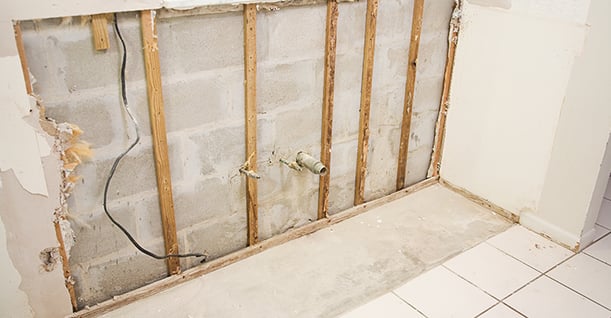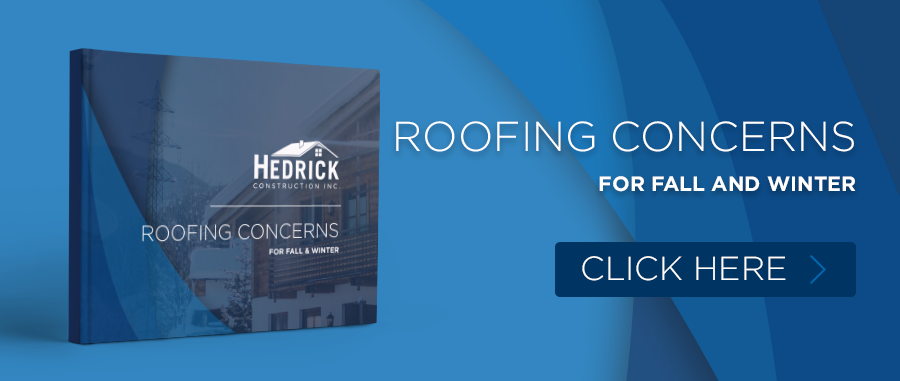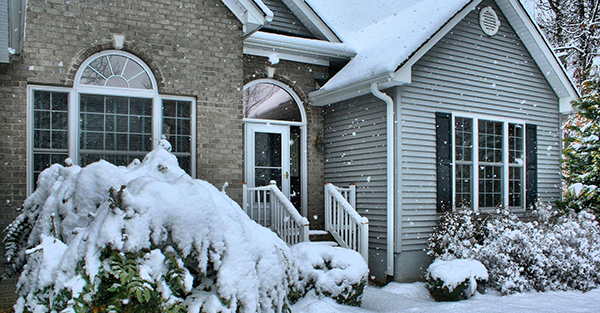
Mold may be more common than you think. Where moisture exists, mold often appears, on surfaces and in the air we breathe. Not only can mold destroy our homes, but it can also negatively affect our health and wellbeing. Mold is a serious issue that must be addressed. Don’t let the mold in your basement or the mildew in your shower go another day. Be proactive and deal with your moisture problem today.
How Mold Enters the Home
Mold can enter your home through any opening in your house: windows, doors, the garage, vents, etc. It can also attach itself to your clothing, shoes, a bag, or even a pet and enter that way. Once inside your home, it can grow in areas where moisture is present. Some places prone to moisture collection and mold growth are leaks in the attic or roof, condensation on or cracks around windows, near leaky pipes, in bathrooms, and places in your home where flooding has occurred (such as the basement). If your home has too much humidity, other surfaces and materials can become a breeding ground for mold as well, including anything made of wood, tile, paper, or cardboard and materials like paint, insulation, fabric, or dust.
How to Control Mold
The good news is, according to the CDC (Centers for Disease Control and Prevention), you can control mold growth in your home by addressing the following:
- Control indoor humidity levels. Keep your indoor humidity level as low as you can, no higher than 50% at any given time.
- If your roof, a pipe, or a window springs a leak, have it fixed properly and immediately.
- Make sure you have proper ventilation in bathrooms with showers or bath tubs, in the laundry room, and in the kitchen. The heat and moisture expelled in these areas needs to be vented to the outdoors, not kept inside or vented to the attic. Make sure all ventilation is set up properly in your home.
- Thoroughly clean and dry any spills or areas in your home that have flooded within a 24 – 48 hour period.
If you see mold in your home, you need to remove it as soon as possible, AND you need to deal with the source of your moisture problem by addressing the above issues. To remove mold from a hard surface, you can use soap and water or a solution of 1 cup of laundry bleach dissolved in 1 gallon of water. Wear rubber gloves and open a window to provide ventilation if you use the bleach solution to clean.
If the mold is in your insulation, wall, or carpet, you may need to hire a professional to advise you on how to properly get rid of it. It may be best to simply dispose of the material entirely and then deal with the source of your moisture problem.
Check out the EPA’s Mold House Tour, an interactive guide to common mold issues around the home and how to address them!
The Effects of Mold in the Home
Some people are more sensitive to the effects of mold than others. Molds produce allergens and can cause allergic reactions in some people, such as sneezing, red eyes, skin rash, runny nose, coughing, or wheezing. People allergic to mold can experience more severe reactions. Those with weaker immune systems or chronic lung problems can develop serious lung infections. Those with asthma may experience attacks when exposed to mold.
“Help! My roof is leaking!”
That’s what we’re here for! If you have an attic or roof leak, call Hedrick Construction! We are conveniently located in Huxley, IA, halfway between Ames and Ankeny, and we serve many of the surrounding communities in Story County and Polk County. Let us know if we can help you remedy your mold problem, repair your leaking roof, or get rid of the condensation in your attic by replacing your old insulation with top quality, moisture resistant insulation and installing an effective ventilation system. Contact us today!








Comments